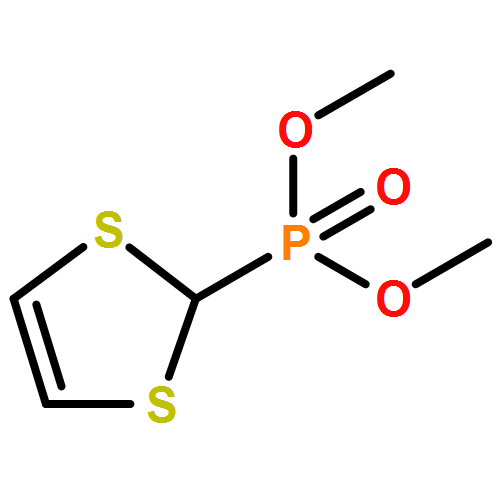Abstract
Supramolecular polymers based on dispersion forces typically show lower molecular weights (MW) than those based on hydrogen bonding or metal–ligand coordination. We present the synthesis and self-assembling properties of a monomer featuring two complementary units, a C60 derivative and an exTTF-based macrocycle, that interact mainly through π–π, charge-transfer, and van der Waals interactions. Thanks to the preorganization in the host part, a remarkable log Ka=5.1±0.5 in CHCl3 at room temperature is determined for the host–guest couple. In accordance with the large binding constant, the monomer self-assembles in the gas phase, in solution, and in the solid state to form linear supramolecular polymers with a very high degree of polymerization. A MW above 150 kDa has been found experimentally in solution, while in the solid state the monomer forms extraordinarily long, straight, and uniform fibers with lengths reaching several microns.
